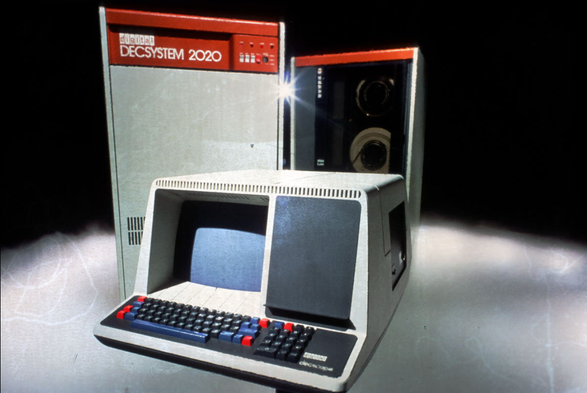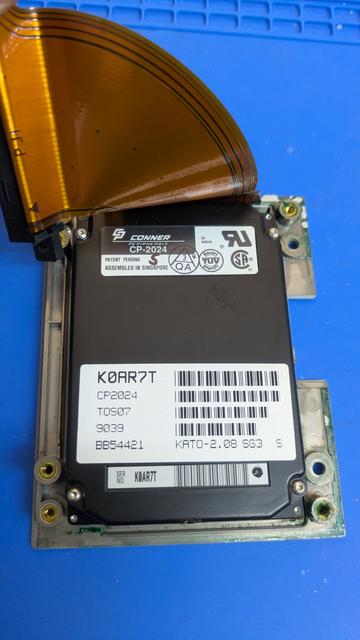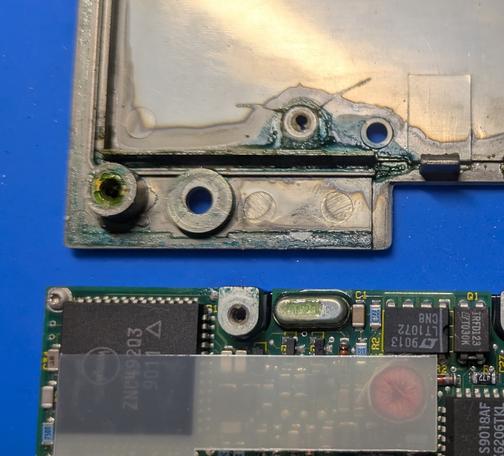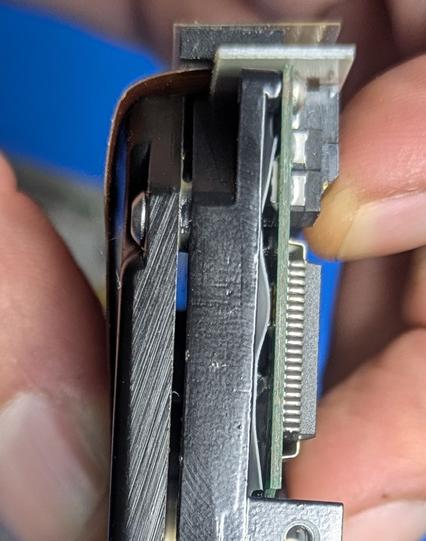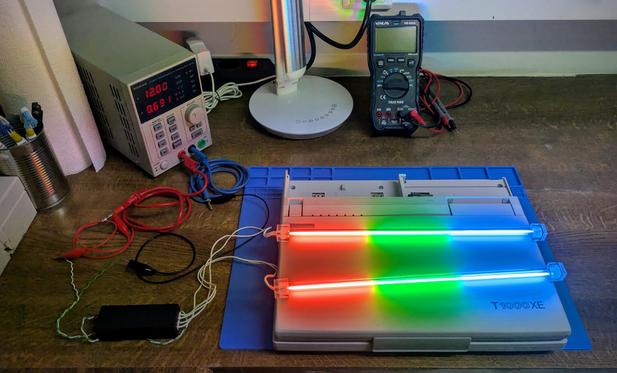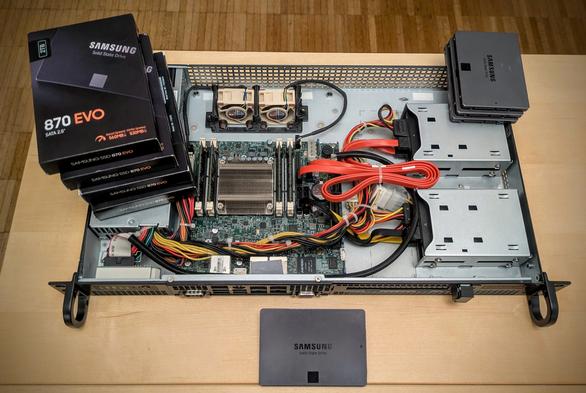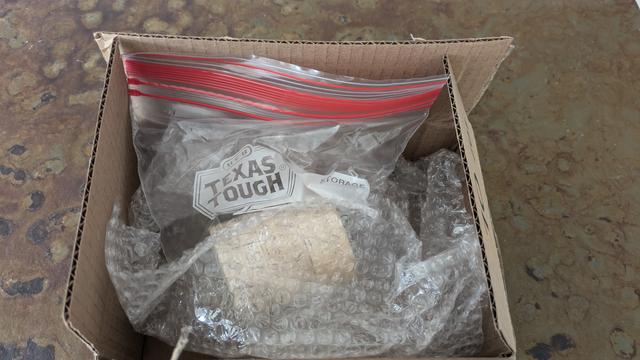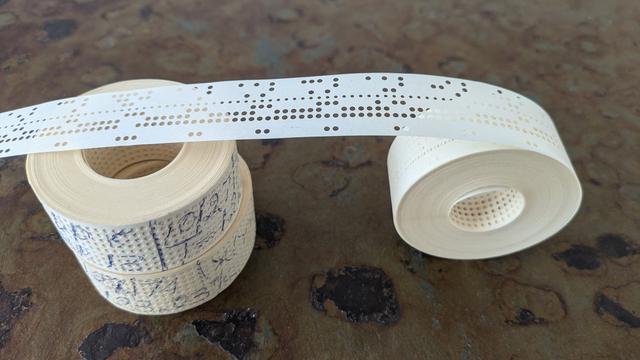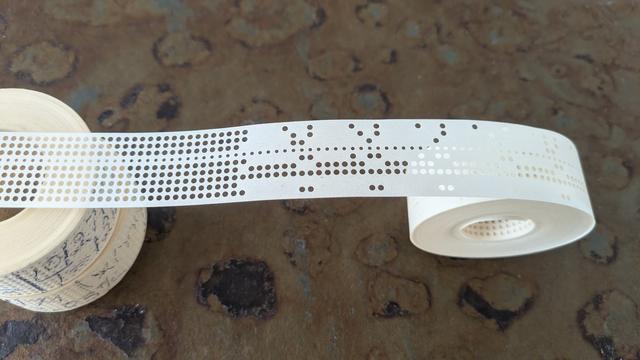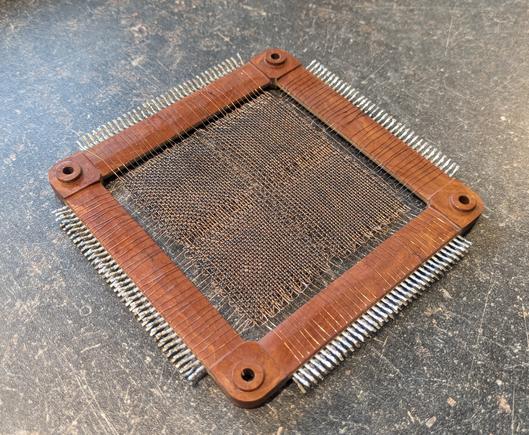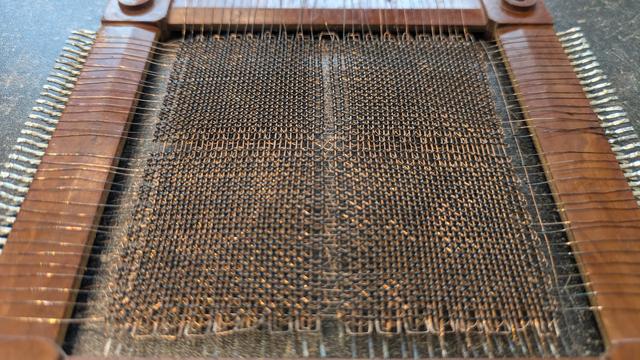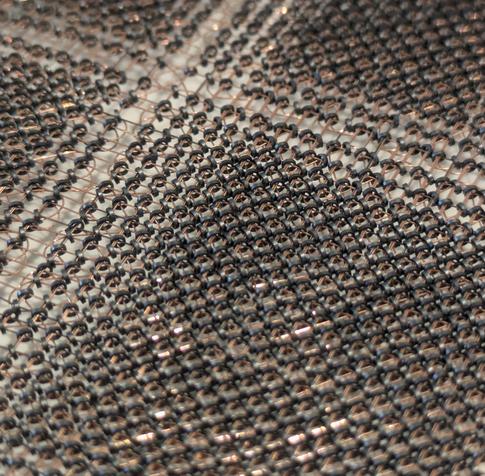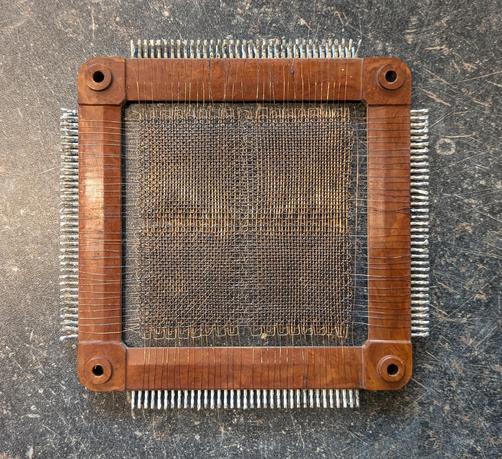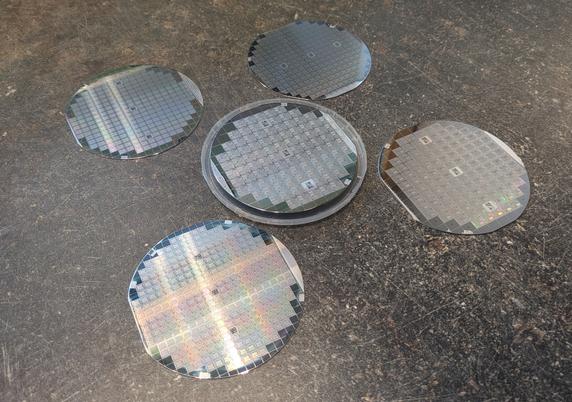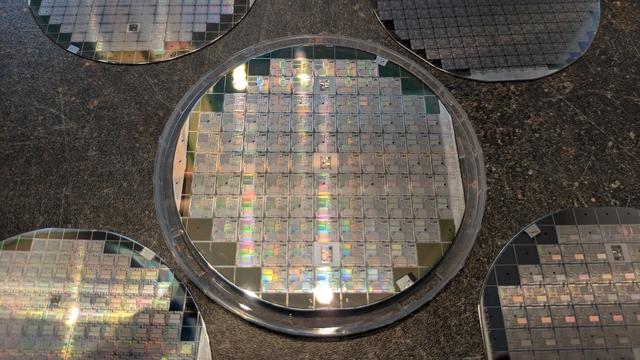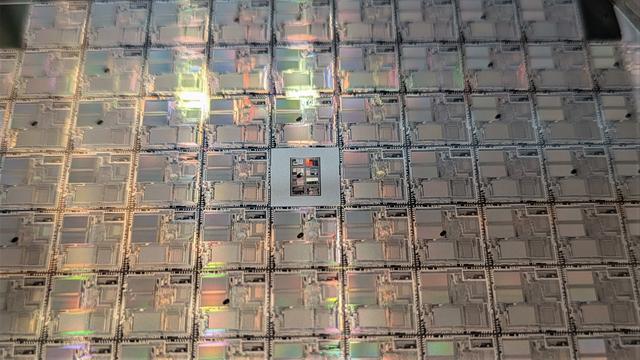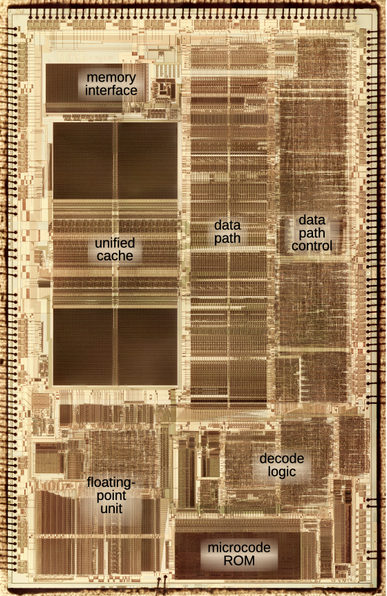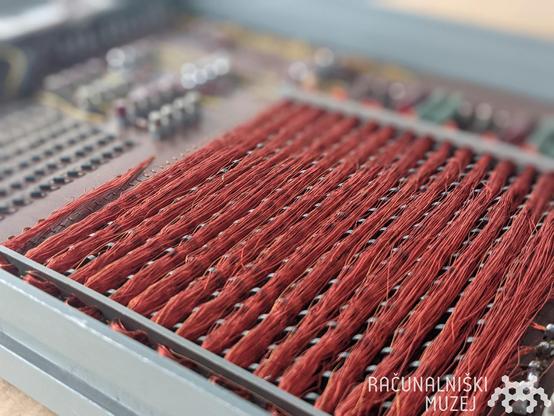Get Roped Into Magnetic Core Memory with this 512 bit Module https://hackaday.com/2025/07/11/get-roped-into-magnetic-core-memory-with-this-512-bit-module/ #Magnetic-corememory #Retrocomputing #corememory
Listens to Mountains.
Talks to Computers.
Solves Problems.
The DECSYSTEM 2020 was the smallest PDP-10 digital made.
It was also their last as the Jupiter KC10 was never realized.
The Foonly, Systems Concepts and later XKL would continue advancing the PDP-10.
@webmacher Those are quite robust. I have a couple of them in use in various devices and just one failed a few months ago after a similar time👌
@forgejo Upgraded my instance from v7 to v11 - it went smoothly as always 👌
Today, my latest purchase, a toshiba t1000xe laptop, arrived. The device is in good shape, but the Conner harddisk drive is not!
Something is leaking from it - and it's not data 🫠I just learned, this is the (now liquified) sealing between the upper and lower part of the disk.. a common problem with those drives.
Those were the days when we put these lamps into our computers. I've had this pair lying around for years and it still works, great!
ps: I bought a Korad bench-powersupply 😎
#retrocomputing #electronics
@fbarbeira It's originally a Supermicro SuperServer 5018A-FTN4 (SYS-5018A-FTN4), but with a changed case (Supermicro CSE-505-203B with connectors on the front) and changed fans.
So it's small (1U), quiet and has a low power consumption: 18 watts idle, 33 on full stress.
This SSD in the front died during resilvering today, as I was upgrading my #proxmox server (zfs-array) with 4 new SSDs.
The old ones are at least 10 years old and maybe from the same batch, so there were chances of duplicate fail. Luckily this didn't happen and there are backups, of course!
I read about failing disks in long used nas-drives during the resilvering process, but it never happened with my equipment.
I'm already starting my New Year's resolutions: just simplify!
This is a reminder to myself.
eom
Hilarious, that works!
Does this even count as #retrocomputing 🤔
Just arrived from Texas - Papertape!
The rolls are complete and undamaged, but unfortunately I don't know what they were used for or what is stored on them.
Nevertheless it's a certain satisfaction to see the individual bits.
"eBay International Shipping" is a rabbithole 🤠 🙂↕️
@behindtheconsole the design is stunning... love it!
which model is this?
No collection is complete without a core memory module. In my case from a Saratov-2 computer manufactured in the USSR.
The individual rings are smaller than the head of a pin, amazing!
As soon as I have a macro lens for my camera, I will take new photos. Additionally I'll add something for scale...
For more information:
https://rusue.com/cemetery-of-soviet-computers/
https://www.curiousmarc.com/computing/core-memory
@rhialto It should be random picks of CPUs, Logic, Test pattern, and Memory.
I lack a suitable magnifying glass or macro lens for my camera, so currently I can't tell... hopefully that will change soon 🔬
They have finally arrived: 4-inch wafers from the 1980s (the one in the middle is from rockwell).
So my boring computer chatter becomes a more tangible experience 😄
@muzej This is getting better and better, now it's really on my list... 👍
@waffles it looks great with the terminal on top!
In 1989, Intel introduced the 486 processor, improving the performance of the 32-bit 386. Unlike the 386, the 486 has an on-chip 8 KB cache and a floating-point unit. The 486 has over a million transistors.
I took this die photo and labeled it with the main functional blocks.
@tommythorn @flexion this made my day, thx for sharing 👏
🌕🧲 We're always excited when we can add another missing piece of technology to our collection – we already have ferrite core memory, but this is our first example of rope memory. 🤩 According to Wikipedia, this type of memory was used as read-only memory (ROM) and was a crucial component of the Apollo Guidance Computer (AGC) that landed on the Moon.
#computermuseum #computerhistory #slovenia #ljubljana #softwareheritage #digitalheritage #retrocomputing #vintagecomputer #vintagecomputing
